Dear Readers, Amla oil is still known in this country by everyone. It’s actually a real magic agent in the fight against hair loss or the regrowth of gray hair. We reveal where the oil comes from and how you can use it.
Amla oil has been used in Ayurvedic medicine for thousands of years, especially for hair care. Without any chemicals, the oil promises to stimulate hair growth, stop hair loss and minimize the regrowth of gray hair. We’ll show you how to do this here.
Amla oil is effective for hair loss
Amla for hair loss is often a result of hormonal processes in the body. There is an enzyme (5-alpha reductase) that converts testosterone, a male hormone found in both men and women, into dihydrotestosterone (DHT for short). DHT can attach to the roots of the hair and inhibit hair growth. As a result, hair loss can occur. Amla for hair loss, and with its amla oil, block the enzyme that is responsible for this process. Hair growth regains speed and the hair gradually becomes fuller again.
There are a number of prescription hair loss medications that work in the same way – inhibiting 5-alpha reductase. However, unpleasant side effects such as insomnia and depressive moods can occur when taking these agents. Amla oil, on the other hand, has almost no side effects and is, therefore, a suitable alternative.
Amla oil is effective for gray hair
In Ayurvedic medicine, amla oil is also used to slow down graying hair. The oil is said to stimulate the production of an enzyme (catalase), which is important for the hair to keep its color. Even if it is not yet fully understood why we turn gray in old age, it has been found that this could be related to the decrease in catalase.
Amla oil has more power for eyelashes and eyebrows
Serums and oils for bushy eyebrows and strong eyelashes have become more and more popular in recent years. Again, amla oil is a good alternative as it can stimulate the growth of the browbones and eyelashes. The effect has not been scientifically proven here either, but many users report surprising successes with Amla.
Amla help against dandruff
Dandruff is often the result of a dry or irritated scalp. Regular use of amla oil can help keep your scalp balanced and free from dandruff.
This is how the application of amla oil works
If you want to try amla oil, here’s what you should do:
Carefully apply the oil to the dry or damp scalp and massage in well
Leave on for at least two hours or overnight
Wash out thoroughly with shampoo so that the hair does not remain greasy at the roots
Use about 2 to 3 times a week
The amla oil can also be given as a cure in dry lengths and/or tips. It should also soak in here for 1 to 2 hours before you wash it out again.
Amla Oil: Are Side Effects To Be Expected?
So far, no noteworthy side effects are known from the use of amla oil. Nevertheless: As always with the use of natural oils on the skin, you should try out how you react to the product the first time you use it. For example, spread a drop of the oil on the inside of your forearm and see if your skin reacts. Since amla oil has a high proportion of vitamin C, it can lead to redness and itching if used too often. Therefore, you should never use it on your scalp every day.
And one more piece of information in advance: Amla oil can have a very peculiar, sometimes stricter smell. Therefore, you should wash the oil thoroughly again in any case. But don’t worry: after washing your hair, you will no longer notice the smell.
Amla Oil where Does It Come From Exactly?
The amla oil comes mainly from South and Southeast Asia and partly also from East Africa. This is where the amla tree grows, the fruits of which (the Indian gooseberry) are used for the production of amla oil. The Indian gooseberry, as the gooseberry is also called, is the most widely used medicinal plant in Ayurveda.
Amla oil: what’s in it?
Due to its many health-promoting ingredients, Amla is not only used in hair care. There are also amla powder and amla capsules, for example, which – taken as a dietary supplement – are supposed to support many processes in the body. Some of these ingredients are:
amino acids
saturated and unsaturated fatty acids
vitamin C
Antioxidants (this beats the superfoods acai and goji berries a lot!)
Traces of magnesium, calcium, and potassium

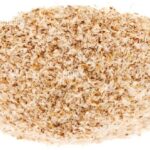

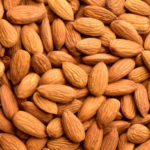
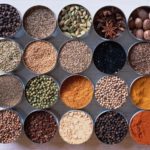
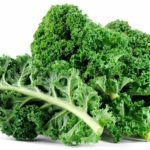
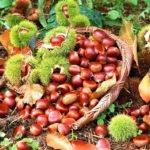
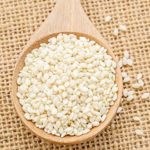


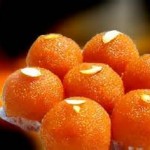


[…] believe to help babies grow teeth, bones, and muscles. In mothers, they are supposed to counteract hair loss and breastfeeding […]